The motorcycles market in the US is characterized by a dynamic competitive landscape, driven by innovation, consumer preferences for electric vehicles, and a growing emphasis on sustainability. Major players such as Harley-Davidson (US), Honda (JP), and Yamaha (JP) are actively shaping the market through strategic initiatives. Harley-Davidson (US) has focused on expanding its electric motorcycle lineup, aiming to capture the growing segment of environmentally conscious consumers. Meanwhile, Honda (JP) emphasizes technological advancements and has been investing in smart motorcycle technologies, enhancing rider experience and safety. Yamaha (JP) is also innovating with its electric models, indicating a collective shift towards electrification among these key players, which is likely to intensify competition in the coming years.
The business tactics employed by these companies reflect a concerted effort to optimize operations and adapt to market demands. Localizing manufacturing has become a prevalent strategy, allowing companies to reduce costs and improve supply chain efficiency. The competitive structure of the motorcycles market appears moderately fragmented, with several key players vying for market share. This fragmentation is indicative of a landscape where innovation and brand loyalty play crucial roles in determining success.
In October 2025, Harley-Davidson (US) announced the launch of its new electric motorcycle model, the LiveWire 2. This strategic move is significant as it not only reinforces the company's commitment to sustainability but also positions it to compete more effectively against emerging electric motorcycle brands. The introduction of this model is expected to attract a younger demographic, potentially revitalizing the brand's image and expanding its market reach.
In September 2025, Honda (JP) unveiled its latest smart motorcycle technology, which integrates advanced connectivity features and AI-driven safety systems. This development underscores Honda's focus on enhancing rider experience and safety, aligning with current consumer trends that prioritize technology in transportation. The integration of such features may provide Honda with a competitive edge, appealing to tech-savvy riders and setting a new standard in the industry.
In August 2025, Yamaha (JP) expanded its electric motorcycle offerings by introducing a new model aimed at urban commuters. This strategic decision reflects Yamaha's recognition of the growing demand for eco-friendly transportation solutions in urban areas. By catering to this specific market segment, Yamaha is likely to strengthen its position and appeal to environmentally conscious consumers, further intensifying competition in the electric motorcycle sector.
As of November 2025, the motorcycles market is witnessing trends that emphasize digitalization, sustainability, and the integration of AI technologies. Strategic alliances among manufacturers are becoming increasingly common, as companies seek to leverage each other's strengths to enhance product offerings and market presence. The competitive differentiation is expected to evolve, shifting from traditional price-based competition to a focus on innovation, technological advancements, and supply chain reliability. This transition may redefine the competitive landscape, compelling companies to invest in R&D and strategic partnerships to maintain relevance in an ever-evolving market.



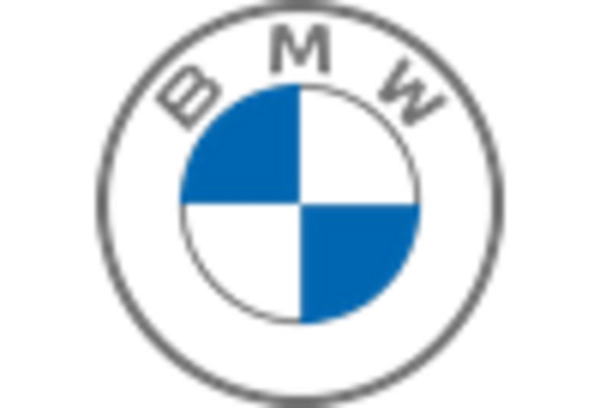
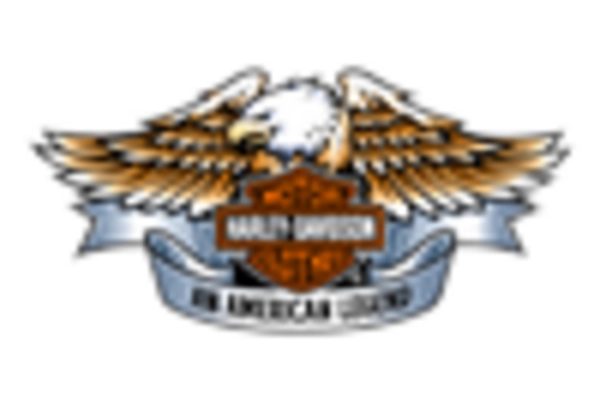
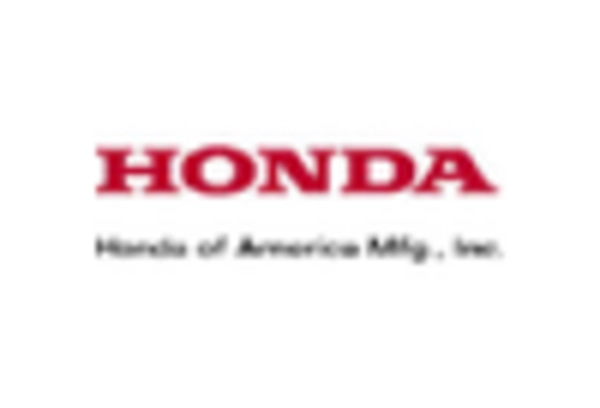
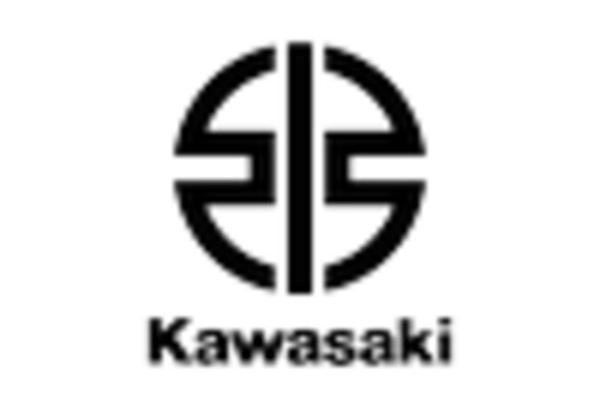
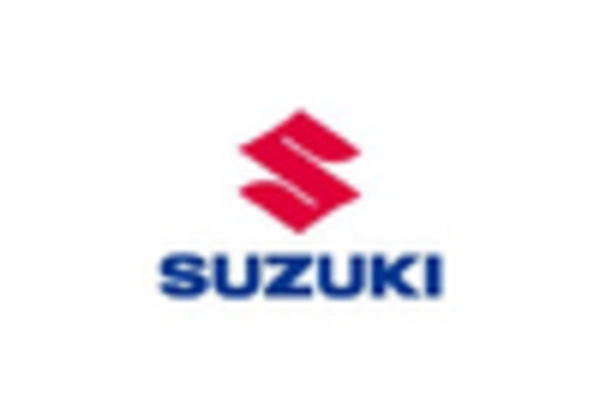









Leave a Comment